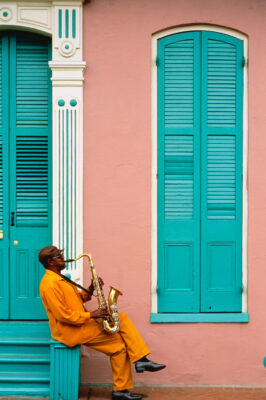
Travel
Magical realism in Cartagena
The recently renovated Casa Pestagua hotel—a modern take on colonial Caribbean design.
Back when Gabriel García Márquez was a law student at the Universidad de Cartagena, the would-be Nobel Prize-winning writer was a frequent inhabitant of the smoke-filled bars of the old city’s walled center. While many of Márquez’s former drinking establishments have long since shuttered their doors, Cartagena still feels alive with the creative energy from which Márquez drank.
Today you feel that atmosphere in the city’s sticky, relentless, year-round heat, and its few relieving breezes off the Caribbean Sea. Cartagena’s bold colors and near-constant street music lend a sense of palpable magic to the city that makes imagining the author, with a rum in hand, conjuring the stories that would become Love in the Time of Cholera and One Hundred Years of Solitude at nearly every corner.
Of course, it has been nearly a decade since Márquez’s death, and centuries since the city’s heyday as a Spanish-occupied port. But the Cartagena of today, in all of its colonial architectural beauty and grandeur, is deliberately preserved in the past. Its preservation is what maintains its buzz of tourism where sun-seekers pose in front of the vibrantly colored buildings, and even the stiffest travelers might feel compelled to learn the moves of the champeta.
Cartagena’s magic lies not so much in its sprawling squares, but down its smaller streets and Kodachrome alleyways, where the city’s 16th, 17th, and 18th century mansions are preserved and being brought back to their former glory. The latest of which is Casa Pestagua, in the city’s beating heart, near Santo Domingo Square and Plaza de Bolívar. Originally the home of the Count of Pestagua—the King of Spain-appointed Mayor of Cartagena—the 18th century building’s reputation as the most beautiful house in the city has endured throughout the centuries.

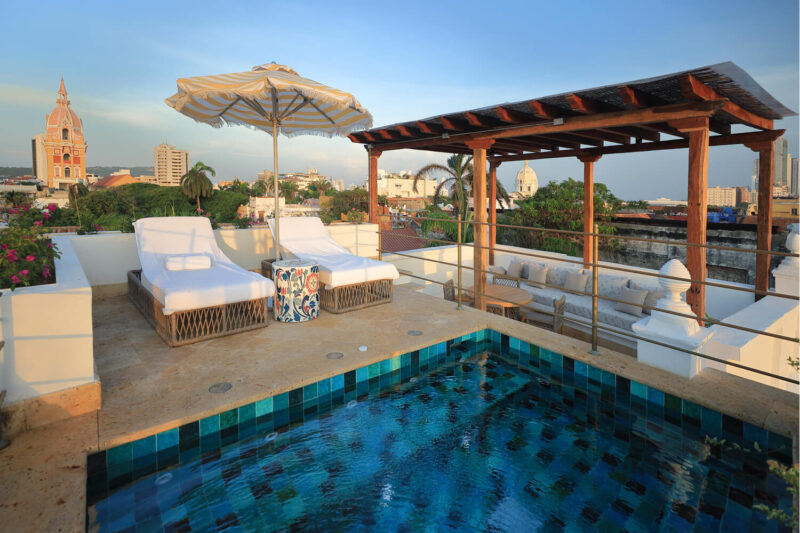
Long a hotel, and worn thin by its days as an event venue, the property was reborn under the Relais & Châteaux umbrella this April, and reopened its doors following a $15-million, courtyard-to-roof renovation. Today it’s a 16-room boutique property with a lush interior garden that was planted essentially from scratch, yet designed to look like it has been blooming for the past 400 years. Mature palm trees (they too are a new addition) ring a small pool, and one of the Cartegena’s most celebrated chefs, Heberto Eljach, helms the restaurant, Ánima.
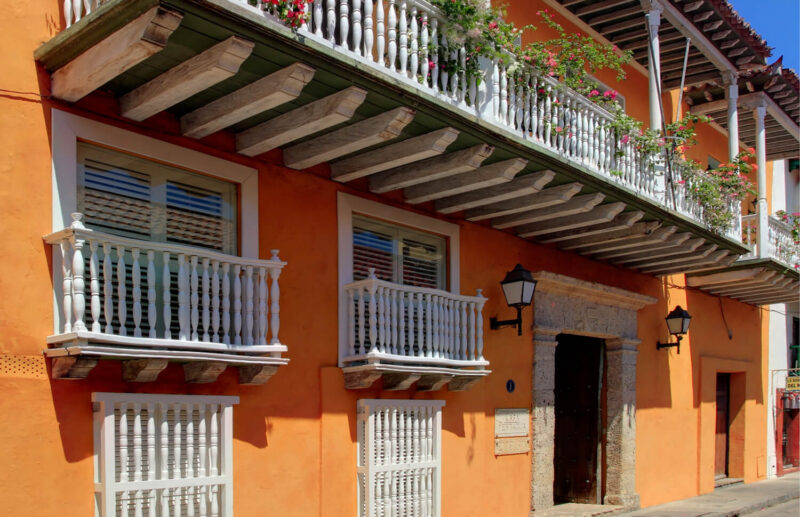

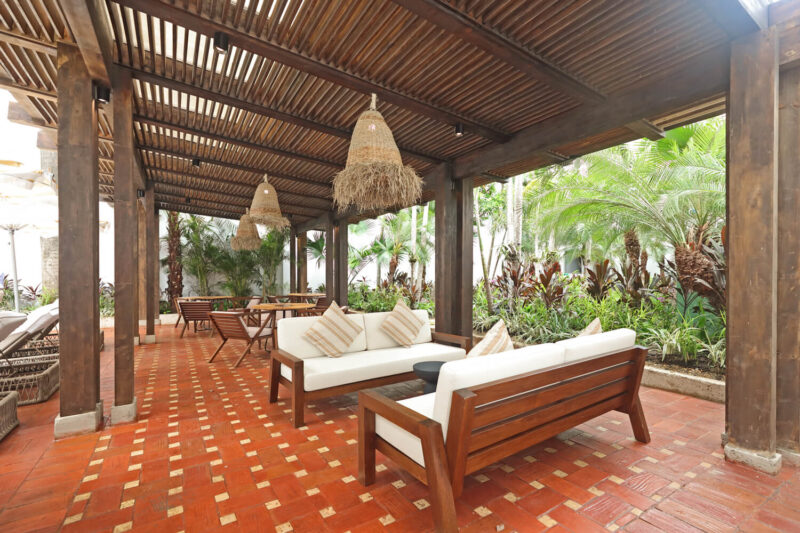
Despite the heat, it’s tempting to want to spend all of your time in Cartagena outdoors amid the lushly-blooming Caribbean gardens. But the interiors rival the natural beauty of the city, and Casa Pestagua’s rooms give a sun-bleached modern take on colonial Caribbean design. The building’s original architectural features are the jewels in the crown, and the hotel maintains its original Moorish-inspired carved stone windows; painted, vaulted ceilings; and wall frescos.
While Cartagena’s UNESCO World Heritage status has preserved its colonial architecture and walled old town, like all of the most beautiful places in the world, change is only a knock away. The city will soon be the new location of a sprawling Four Seasons resort which will add its signature corporate-comfort to a compound of historic buildings in the city’s hip Getsemani neighborhood.
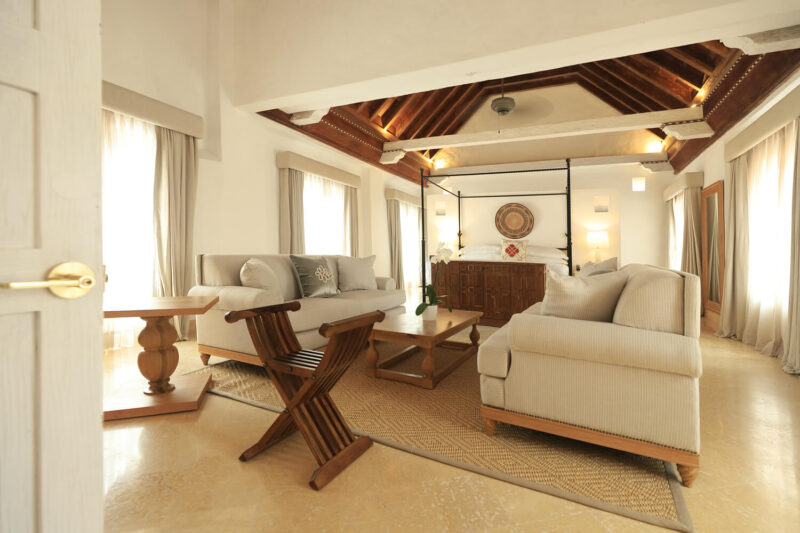

It’s nearly impossible to imagine Márquez settling in for a drink at a Four Seasons. It is easier, however, to imagine him in a walled garden, glass in hand. It’s possible that the clientele at Casa Pestagua today is a little more well-heeled than those Márquez drank with. But while the price tags have risen, the views are still the same. There is still a sweat-it-out at the edges tangibility to the city, where if you look a certain way, its past—as the birthplace of magical realism, as the rich center of the South American gold and emerald trade, as a vibrant, international port—is as alive as the present. And regardless of the century, Casa Pestagua feels very at home in the timeless city, in all of its magic, and all of its realism.
Hero photo of the pool by Kiko Kairuz


